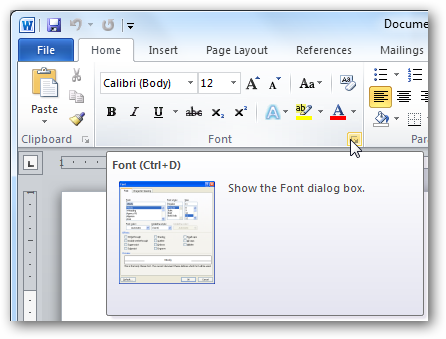
Adobe intentionally allows these 'broken' embedding patterns so it can cope with fonts that normally won't pass through Postscript, buy rebuilding them into a subset that will. If you select the line of text with the touchup tool, right-click to properties and change the font to something like Arial, you'll see what the stored codes actually are.Īs far as Acrobat is concerned, it's actually doing what it's supposed to - the document displays correctly on screen and prints correctly, it's just it can't be taken apart again (so what? says Acrobat. The other characters are mapped to very obscure accented characters, so depending on the font you're pasting into they'll probably appear as squares.
#CALIBRI FONT FOR MAC MICROSOFT WORD PDF#
That thing on the screen which looks like an "s" is actually stored inside your PDF as "C", so it'll paste as "C". On screen, you're looking at the outlines and reading them visually, so have no interest in the actual data - but when you copy or export, Acrobat takes the underlying character codes and doesn't pass them back through any lookup tables. You'll find the "garbled" characters are not random - they each have a 1:1 association to the correct character, so if you copy the word "Microsoft" you'll always paste nine letters and 5 and 7 will be the same.


If the original font has strange lookups or passes through a quirky Postscript stage before Adobe Distiller gets hold of it, the PDF conversion process can lose track of the associations. Acrobat has a rather esoteric way of embedding fonts, one artifact of which is that it has to rebuild the toUnicode mapping table (the list of which outline shape is for which character code).


 0 kommentar(er)
0 kommentar(er)
